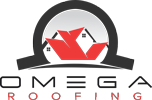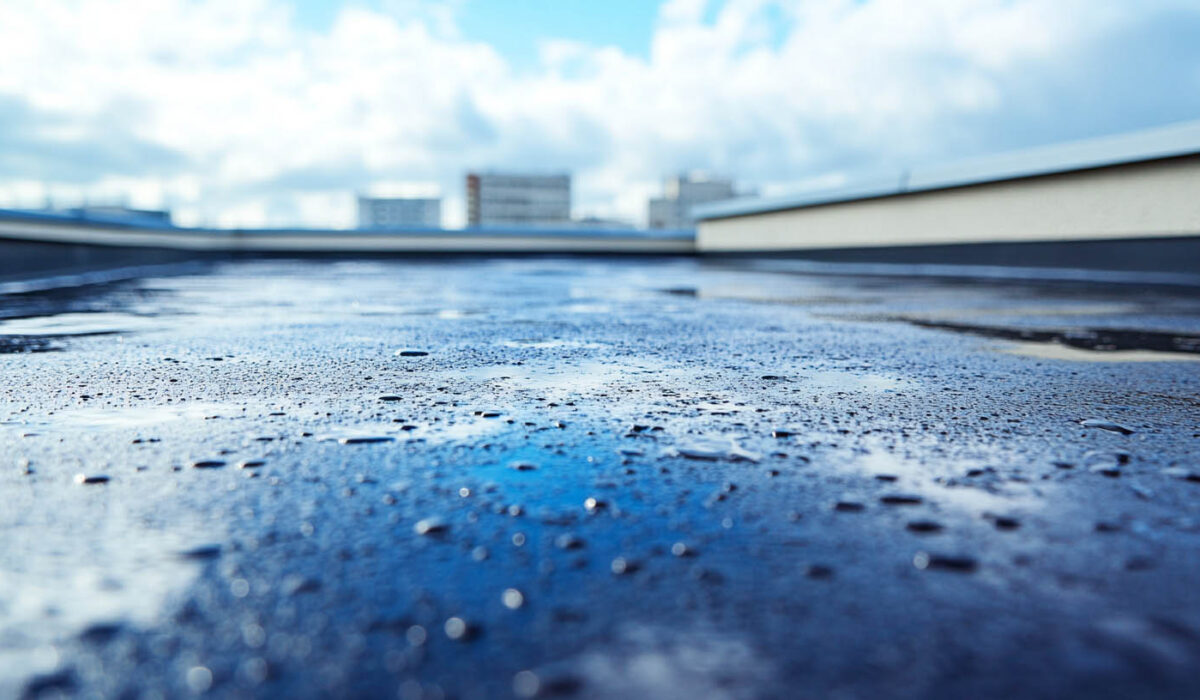A leaking roof can be a major disruption for commercial property owners, jeopardizing both the structural integrity of the building and the operations within. Identifying the causes of leaks and addressing them proactively is essential for maintaining a safe and functional environment. This guide explores the most common reasons for commercial roof leaks and offers actionable solutions to prevent them.
Neglect and Procrastination: A Major Risk Factor
Routine maintenance is vital for the health of any roof. Unfortunately, many commercial property owners overlook minor issues, allowing them to escalate into significant problems. Delaying inspections or repairs can lead to:
- Water intrusion that compromises structural elements.
- Mold growth, posing health risks to occupants.
- Increased repair costs due to extensive damage.
Scheduling annual inspections with a qualified contractor is essential for identifying vulnerabilities before they worsen. Preventative care not only saves money but also extends the lifespan of the roof.
Flashings and Roof Penetrations: Vulnerable Points
Flashings are essential components that seal the edges where the roof meets walls, chimneys, and other structures. Over time, exposure to the elements can cause flashings to crack or loosen, allowing water to seep through. Additionally, penetrations such as vents and skylights create weak points in the roofing system.
Regular inspections of flashings and penetrations help detect cracks, gaps, and signs of wear early. Addressing these issues promptly prevents water infiltration and reduces the risk of interior damage.
Drainage Problems: The Dangers of Standing Water
Flat commercial roofs are particularly susceptible to drainage issues. Without adequate drainage systems, rainwater accumulates on the surface, increasing the likelihood of leaks and structural stress. Over time, standing water can lead to:
- Roof membrane deterioration.
- Stains and leaks within the building.
- Added weight that compromises the roof’s structural integrity.
Properly functioning gutters, downspouts, and internal drains are crucial for channeling water away from the roof. Regular cleaning and maintenance ensure that these systems remain effective.
Damaged Roofing Membranes: Cracks and Compromised Seals
Roofing membranes are designed to provide a waterproof barrier, but their effectiveness diminishes when damaged. Common issues include:
- Air bubbles forming during installation.
- Tears caused by mechanical impact.
- Deterioration due to prolonged exposure to harsh weather.
Damaged membranes allow water to infiltrate the roofing system, causing widespread issues. Investing in high-quality materials and professional installation minimizes risks. Regular inspections and timely repairs further protect the membrane from failure.
Proactive Steps to Prevent Commercial Roof Leaks
- Schedule Regular Inspections
Engage a professional roofing contractor to assess your roof’s condition at least once a year. Inspections after severe weather events are also recommended. - Maintain Drainage Systems
Clean gutters and drains regularly to prevent clogs that can lead to water pooling. Ensure all components are securely attached and functioning correctly. - Address Small Issues Promptly
Repair minor damage, such as cracked flashings or small membrane tears, before they escalate. - Invest in Professional Care
Work with experienced contractors who understand the complexities of commercial roofing systems.
Omega Roofing, LLC: Excellence in Commercial Roofing
Omega Roofing, LLC, based in Jackson, TN, is an industry leader in commercial roofing solutions. As an Atlas Pro-certified contractor, the company is known for its dedication to quality, integrity, and superior customer service. Their experienced team specializes in identifying and resolving leak-related issues, ensuring your commercial property remains protected year-round.
Frequently Asked Questions About Commercial Roof Leaks
How do I know if my roof has a drainage issue?
Signs include standing water on the roof, stains on interior ceilings, and water overflowing from gutters during rain.
What causes flashings to fail?
Flashings can deteriorate due to age, improper installation, or damage from severe weather conditions.
Can a damaged membrane be repaired, or does it need replacement?
Minor membrane damage can often be repaired, but extensive issues may require partial or full replacement. A professional inspection will determine the best course of action.
Is it expensive to maintain a commercial roof?
Routine maintenance is relatively inexpensive and prevents costly repairs by addressing issues early.
When should I replace my commercial roof?
Consider replacement when the roof has extensive damage, recurrent leaks, or has reached the end of its expected lifespan.
Conclusion
Commercial roof leaks can disrupt business operations and lead to costly repairs if not addressed promptly. Understanding the common causes, such as neglect, drainage issues, and damaged membranes, allows property owners to take preventative measures. Partnering with trusted professionals ensures a well-maintained roof, protecting both the building and the business it supports.
Read also: Comprehensive FAQ About Commercial Roof Coatings

